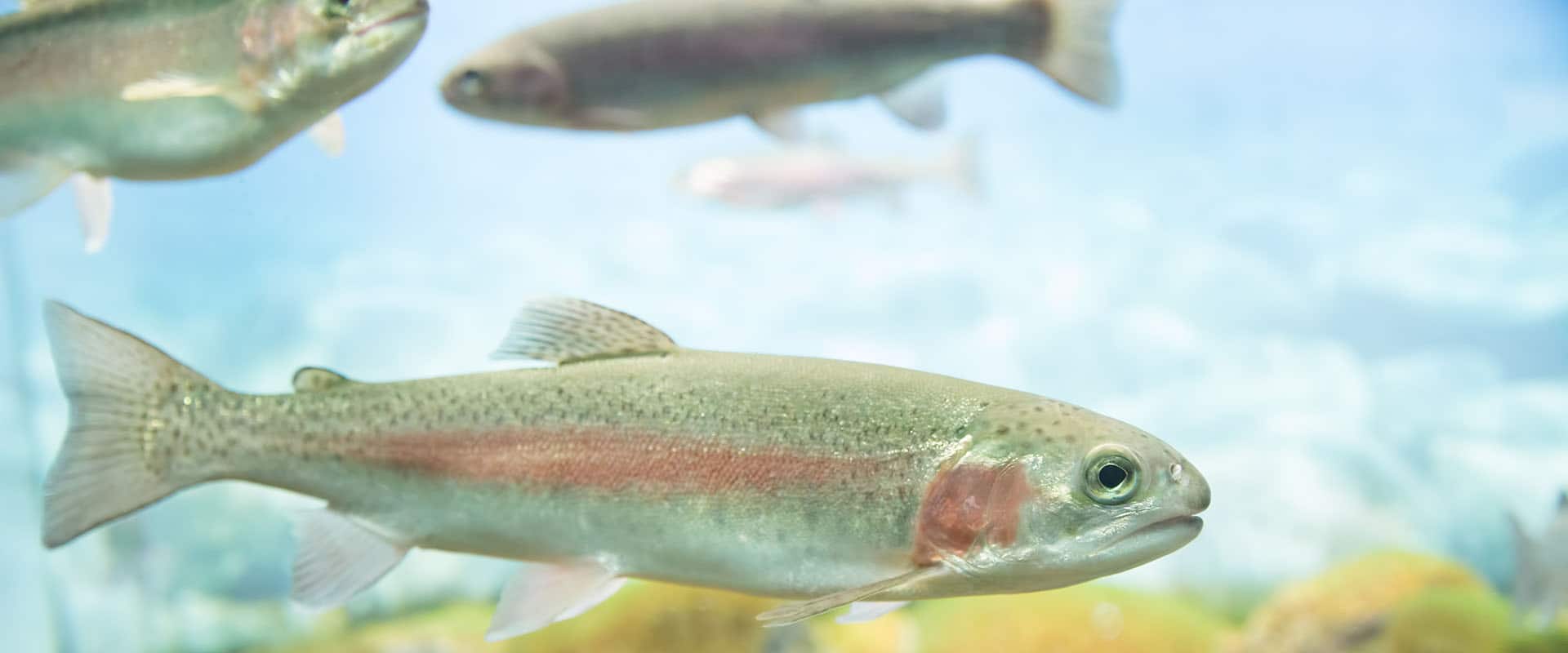Currently, the laboratory-derived fish bioconcentration factor (BCF) serves as one of the primary data sources used to assess the potential for a chemical to bioaccumulate.
Guidance for Evaluating In Vivo Fish Bioaccumulation Data
Integrated Environmental Assessment and Management, 2008



